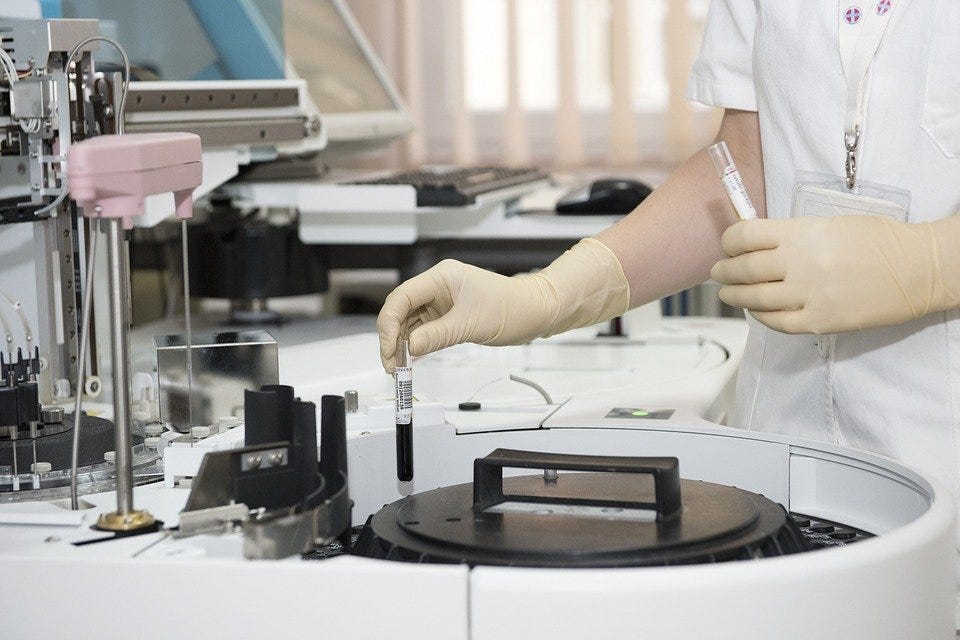Yesterday, 4384 tests have been made in Piedmont, Italy. How can we evaluate the solidity of this information?
(This is not a thread about Italy; it is likely to apply to whatever country you live in.)
Some considerations:
"Piedmont is the 3rd Italian region by number of dead but 6th by number of tests." This suggests a testing mismatch: not testing where there are the most contagions.
Anedoctal data reveals that many tests are not performed or requested. For example, near Torino, Piedmont, there is this nursing home in which 27 out of 111 guests recently died. 12 out of 12 tested resulted positive for COVID. The other 15 hadn't been tested, but showed "strong symptoms" (link). They won't show in official statistics. A few kilometers away, 21 more dead in another nursing home. 11 of which in single a weekend. Out of 87 beds. With one healthcare worker who tested positive. NO TEST HAS BEEN REQUESTED FOR ANY OF THE DEAD GUEST (link). Yes, it’s anedoctal data, but there is a mountain of similar anedoctal data out there. Enough to claim that not enough tests are made, not where it matters.
It might take up to 20 days for the results of a test to show up in official data after the swab has been taken (link). The fact that the delay is not constant does not allow us to extract trends, even if delayed. Also, is there any chance that the virus RNA on the swab degrades?
4384 been made does not mean that 4384 new suspected cases have been tested. Tests are also administered to validate the recovery of previously sick patients, a minimum of 2 per recovery.
The considerations listed above bring to an alarming consequence: the number of new positives that show up in daily statistics are likely to undercount new contagions. Worse, we do not know by how much nor when.
I have no idea how any trend can be extracted from official data, until we have evidence that everyone who needs to be tested get tested.
You might like my latest book.


